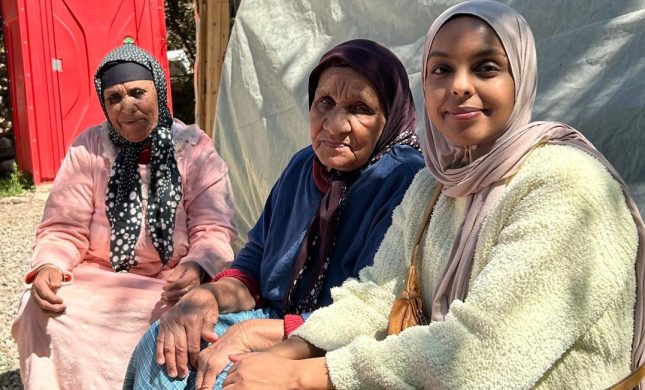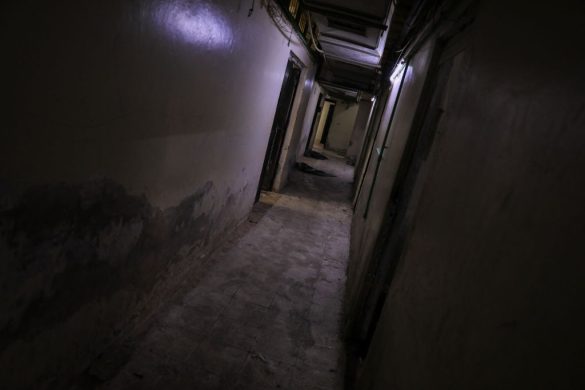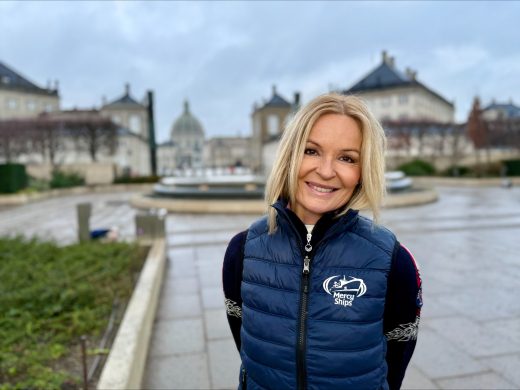BANGLADESH: New water filter to combat arsenic poisoning
DHAKA, 10 January (IRIN) – An innovative, locally designed arsenic filter, known as the Sono filter, now offers hope for millions who lack access to safe drinking water in Bangladesh.
Occurring naturally in ground water in trace amounts, arsenic can have serious health implications for those who ingest it over extended periods.
– We are enthusiastically watching this new filter, said Mohammad Ibrahim, executive engineer for ground water at the governments Department of Public Health Engineering (DPHE) in the capital, Dhaka.
– However, it will take time for the government to decide on whether and how to get involved with it, added he.
Arsenic can be found to varying degrees in ground water in 63 of the poor South Asian countrys 64 districts, Ibrahim said, estimating that some 16 percent of the population – 23 million Bangladeshis – currently lacked access to safe drinking water.
Safe drinking water – a long-standing problem
From about 1960-1975, due to contaminated water supplies, diarrhoea was the most dreaded disease in Bangladesh, claiming the lives of over 100.000 children under five annually.
To address this, nearly 7,5 million tube-wells (borede dybe brønde) were installed throughout the country in the 1970s and 1980s by the DPHE and a string of non-governmental organisations (NGOs). By 1990 over 95 percent of the population lived within 100 yards of a tube-well – up from a meagre 2 percent in 1970, according to the DPHE.
Today there are some 10 million tube wells in Bangladesh but many have become a source of anxiety: Surveys conducted in the 1990s revealed that around 70 million people (out of Bangladeshs population of over 150 million) were at risk of arsenic poisoning from drinking water from these tube wells.
Arsenic-contaminated ground water
The DPHE first detected arsenic-contaminated ground water in 1993 in several southern districts of Bangladesh.
The latest government estimates suggest there is arsenic contamination in at least 155 sub-districts in 46 out of the countrys 64 districts.
The World Health Organizations (WHO) acceptable level of arsenic in drinking water is 0.05 mg/L for Bangladesh, while the standard for Europe and North America is 0.01 mg/L.
A 1998 British Geological Survey study of tube-wells in 61 districts in Bangladesh, revealed that 46 percent contained arsenic above 0.010 mg/L (milligrams per litre) and 27 percent above 0.050 mg/L.
It was estimated at the time that the number of people exposed to arsenic concentrations above 0.05 mg/L was 28-35 million and the number of those exposed to over 0.01 mg/L was 46-57 million.
Toxic effects
– Arsenic is a poison. The lethal (dødbringende) dose for humans is 125 milligrammes. It is four times as poisonous as mercury, said Abdal Ahmed, an associate professor at Dhakas Mymensing Medical College.
Drinking arsenic-rich water over a long period can lead to arsenicosis, resulting in various health conditions, including skin problems (such as changes in skin colour and hard patches on the palms and soles of the feet), skin cancer, cancers of the bladder, kidney and lung; and diseases of the blood vessels in the legs and feet.
Symptoms of chronic arsenic poisoning can take 5-15 years to reveal themselves depending upon the amount of arsenic ingested.
According to a recent field study conducted jointly by the Bangladesh Rural Advancement Committee (BRAC), the worlds largest NGO, and the International Centre for Diarrhoeal Diseases and Research, Bangladesh, 25-77 million people in Bangladesh are today ingesting dangerously high levels of arsenic in their drinking water.
Current options for providing safe drinking-water in Bangladesh, include: obtaining low-arsenic groundwater by accessing safe shallow groundwater or deeper aquifers (deeper than 200 metres); rain water harvesting; pond-sand-filtration; household chemical treatment; and piped water from safe or treated sources.
However, only the Sono filter provides a truly sustainable solution to the problem.
The Sono filter
Invented in 2006, the Sono arsenic filter is a simple device that uses a “composite iron matrix” that can be manufactured locally from cast iron turnings, along with readily available river sand, wood charcoal, wet brick chips and two buckets.
The top bucket is filled with locally available coarse river sand and a composite iron matrix. The sand filters coarse particles and controls the flow of the water, while the iron removes inorganic arsenic.
The water then flows into a second bucket where it again filters through coarse river sand, then through wood charcoal to remove other contaminants, and finally through fine river sand and wet brick chips to remove fine particles and stabilise water flow.
The filters humble housing in a stack of two buckets belies its power to change lives: It can remove 98 percent of the arsenic in water, as well as other organic, bacterial and mineral impurities.
Tested by the US National Academy of Engineering in 2006, the Sono filter meets WHO and Bangladesh standards.
Patients drinking the filtered water for two years show reduced levels of arsenical melanosis (skin pigment changes), with significant improvement in their health, said Abul Hussam, the Bangladeshi developer of the filter.
No new cases of arsenicosis were detected in Bangladesh where people were using the filters, even in the worst contamination areas, Hussam said.
Each filter costs 35 US dollar (ca. 175 DKR) and produces 20-30 litres of clean water per hour for one to two families.
To date, some 32.500 filters have been distributed – two-thirds for free, with plans now under way to deliver more than 10.000 to UNICEF and other NGOs.
– These filters can last for at least five years with simple maintenance and producing no toxic waste. We estimate that about a billion litres of water has been consumed from these filters and continues to be used daily, Hussam said.
According to the UN Childrens Fund (UNICEF), arsenic contamination of the water remains widespread in Bangladesh, with long-term exposure resulting in serious health problems.
There are an estimated 40.000 cases of severe arsenic poisoning in Bangladesh today, with public health experts warning that there will be more than 2.5 million cases in the next 50 years if the problem is not addressed properly.
Drinking arsenic-free water is the only way to prevent the disease, UNICEF says.
Kilde: FN-bureauet IRINnews















